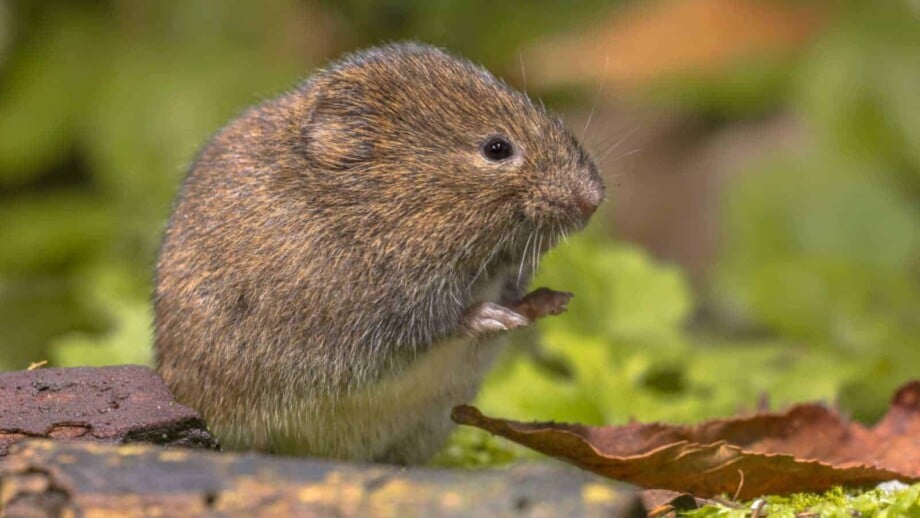If you’re wondering how to get rid of voles, then you’ve come to the right place. Voles, often referred to as meadow mice or field mice, are small rodents that can wreak havoc on your lawn and landscape.
They are known for their short tails, small eyes, and a propensity for digging tunnels and burrows, which can create a network of vole runways visible above the ground.
These critters are not just a nuisance, but they can also cause significant vole damage to your vegetation, bulbs, shrubs, and young trees by gnawing on the lower trunk and roots.
Voles are especially attracted to gardens with ample vegetation, which provides them with food sources and habitat. They feed on a variety of items, including stems, bark, bulbs, and insects, and their activity can turn a once pristine lawn into a network of unsightly trails and dead grass.
It’s important to identify signs of a vole problem early to prevent an infestation and protect your landscape. Controlling vole infestations can be challenging, but with the right knowledge and tools, it’s possible to reclaim your yard.
In this guide, I will share practical tips on vole control, ranging from the use of traps and baits to natural vole repellents. You’ll learn everything you need to get rid of roles effectively.
What are Voles?
Voles, often referred to as meadow mice or field mice, are small rodents that can cause significant damage to your lawn and garden.
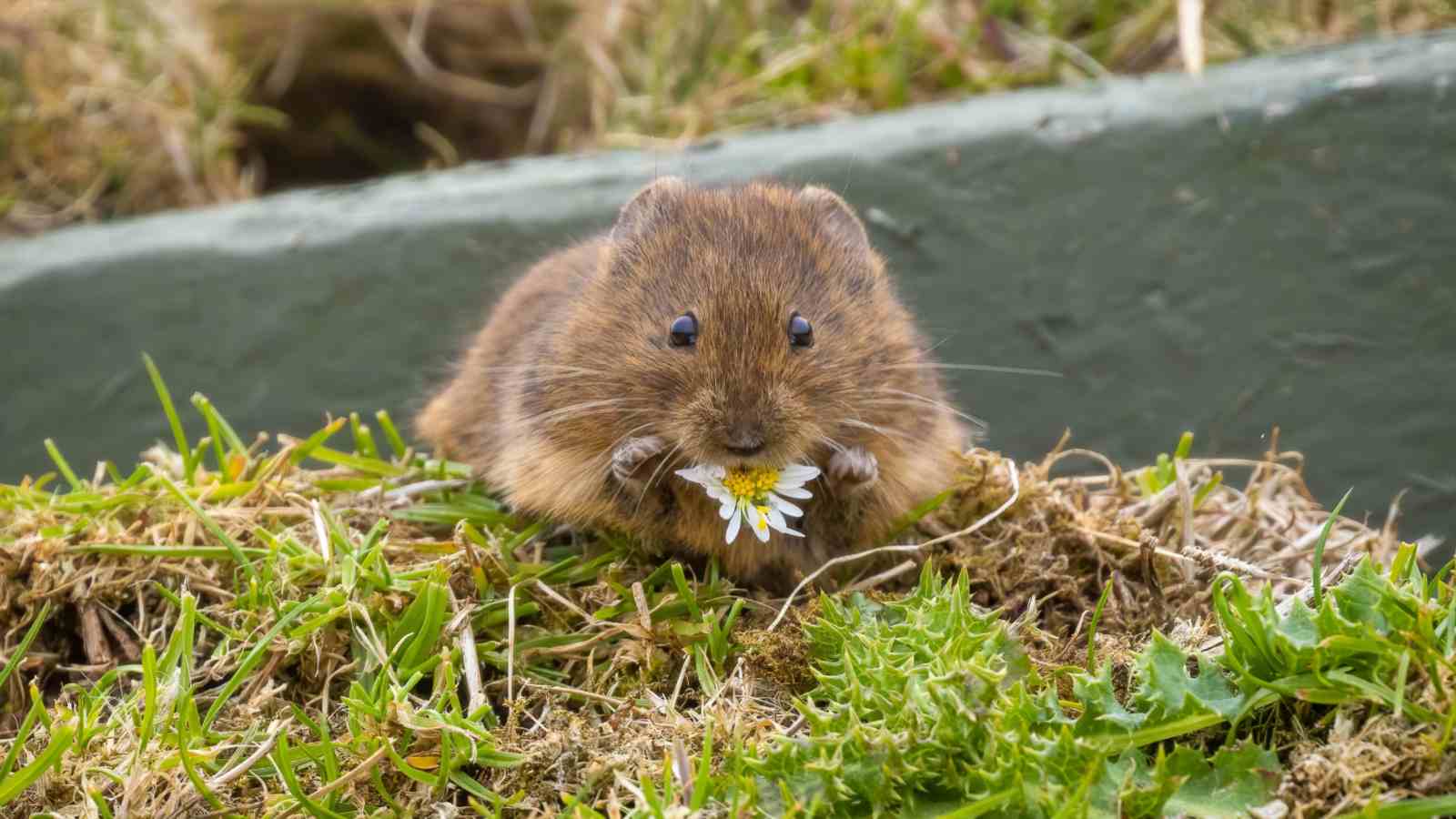
They are similar in size to moles but are distinguishably different due to their short tails, small eyes, and rounded ears. They are often mistaken for other pests like moles, but their damage is unique and can be devastating to your landscape.
Voles are notorious for their extensive network of runways and burrows, which they use for shelter, food storage, and breeding. These burrows can destroy the roots of your vegetation, leading to dead grass patches and wilting plants. They feed on a wide range of food sources, including bulbs, shrubs, tree bark, and stems.
Voles are also known for their high reproductive rate, which can lead to a large infestation in a short amount of time. They thrive in a variety of habitats, from meadows to your backyard, and are especially fond of areas with ample vegetation and mulch for cover.
What’s the Difference Between a Vole and Mole?
While both voles and moles are classified as rodents and can cause damage to your lawn, they are quite different in appearance, behavior, and the type of damage they cause.
Voles are small rodents with short tails and small eyes. They are about the same size as mice but have a stouter body, a shorter, hairy tail, a slightly rounder head, smaller ears and eyes, and differently formed molars. They are known for creating a network of surface runways in your lawn or under the snow in the winter, which are visible as trails of dead grass in the spring.

Voles are herbivores and feed on the stems, bark, bulbs, and roots of plants, often causing significant damage to vegetation, shrubs, and young trees. They can also cause damage to the lower trunk and roots of trees by gnawing on the bark.
On the other hand, moles are not rodents, but belong to a group of mammals known as insectivores. They have a pointed snout, large, paddle-like forefeet adapted for digging, and almost invisible ears and eyes.
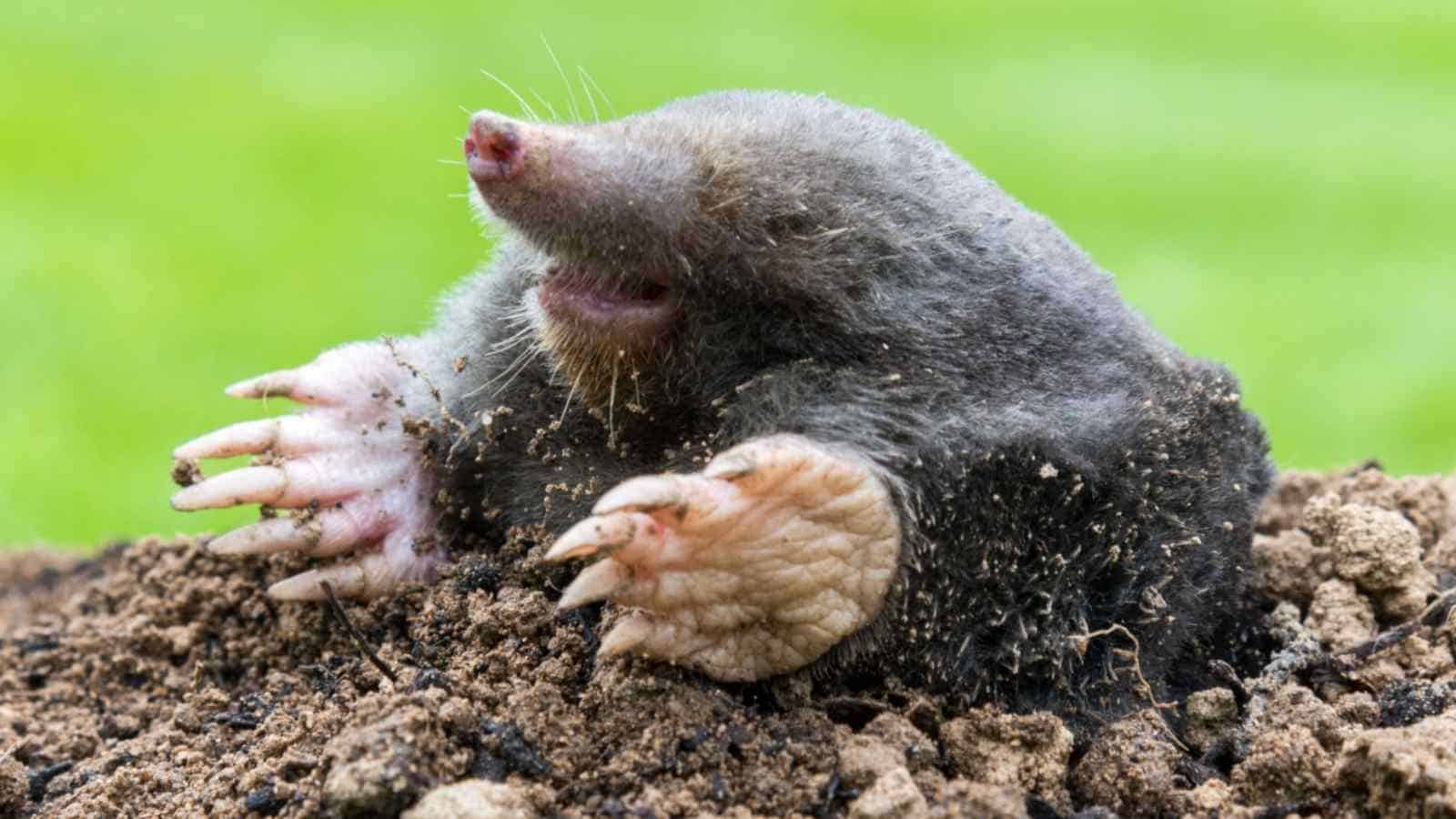
Unlike voles, moles live almost entirely underground in a complex system of tunnels and burrows. They feed primarily on earthworms, grubs, and other small insects found in the soil.
The damage caused by moles is generally related to their digging habits. As they dig in search of food, they create raised tunnels throughout the lawn that can disrupt the landscape and cause damage to the root system of plants.
What’s the Difference Between a Vole and Mouse?
Voles are often mistaken for their rodent cousins, the common house mouse, but there are several key differences to note.
One of the most noticeable differences between voles and mice is their physical appearance. Voles have small eyes, short tails, and a stout body, whereas mice have larger eyes, longer tails and a more slender body.
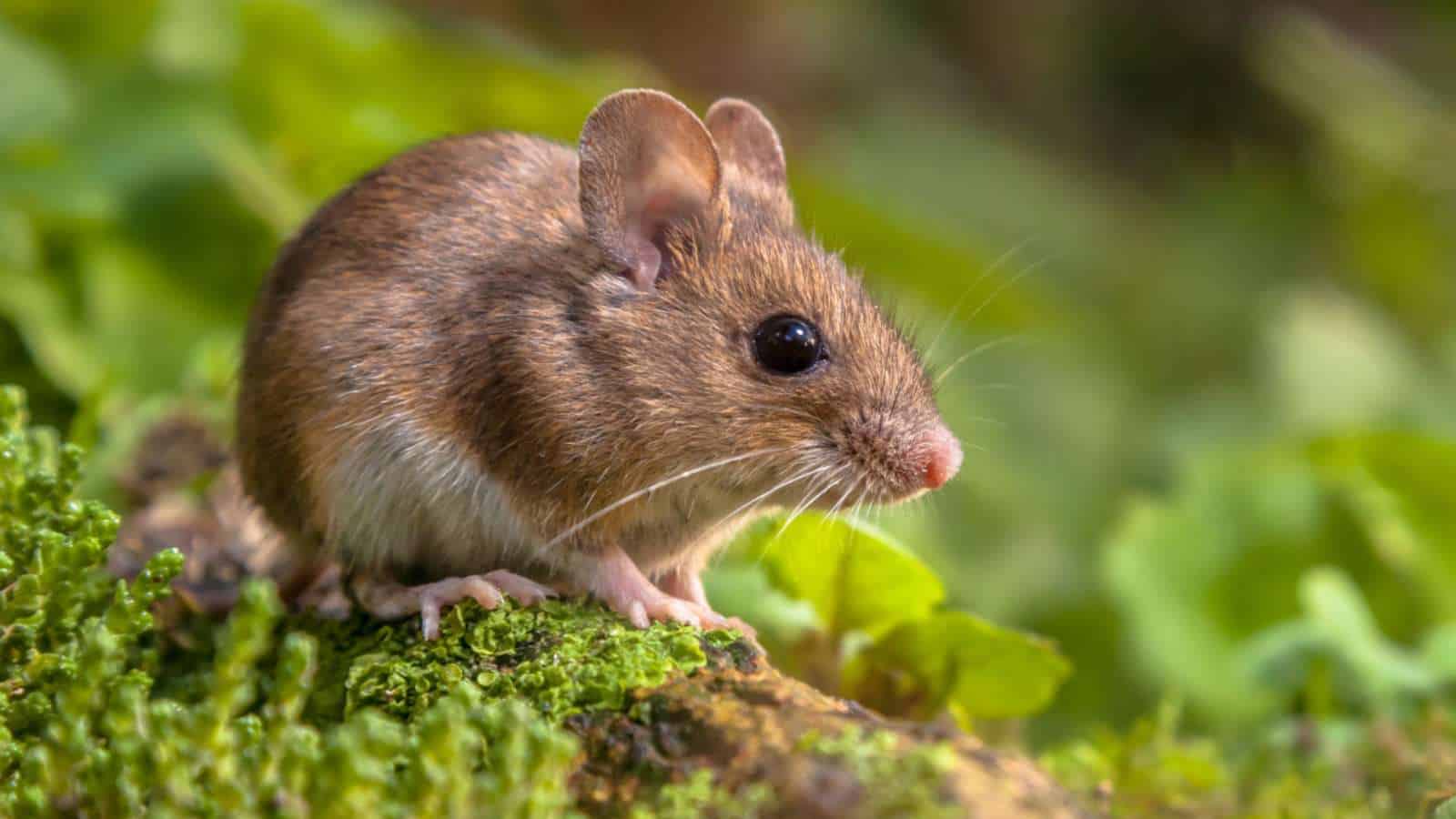
In terms of habitat, voles prefer outdoor environments with lots of vegetation, such as meadows and lawns. They create a network of surface runways and burrows in the ground, which are visible as trails of dead grass. On the other hand, mice are more adaptable and are often found inside homes, as well as in fields and yards.
Their feeding habits also differ. Voles are primarily herbivores, feeding on a variety of plant life. They can cause significant vole damage by chewing on the bark, stems, and roots of trees and shrubs, and also eating bulbs and seeds.
This can lead to unsightly patches in your landscape and even the death of young trees. Mice, however, are omnivores and will eat a variety of food sources, including insects, seeds, and any food debris they can find in homes.
How Voles Damage Lawns and Gardens
Voles can cause extensive damage to your lawn and garden. They are small rodents with short tails and small eyes, which often live in meadows or under mulch, debris, or dense vegetation.
They are notorious for their digging habits, creating a network of tunnels and burrows beneath the ground. These tunnels, also known as vole runways, can disrupt the landscape of your garden, turning a once lush lawn into a patchwork of dead grass and trails.
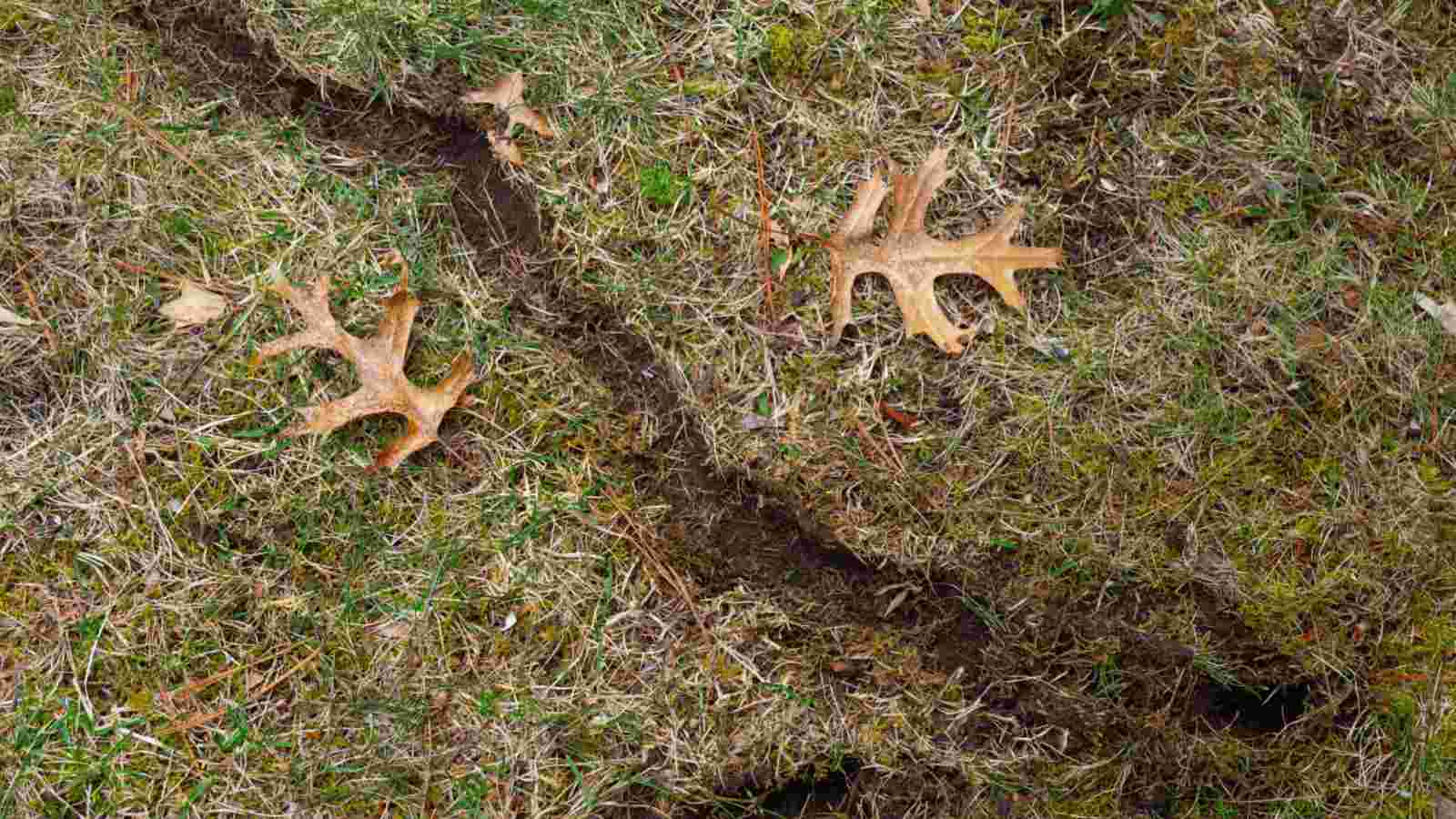
Voles are not picky eaters and will feast on a variety of vegetation. They have a particular fondness for the stems of shrubs, the bark of young trees, and the bulbs of flowers.
Vole damage to these plants often occurs at the lower trunk or base, and can be severe enough to kill the plant. Plus, voles will also eat grubs, earthworms, and insects, disrupting the natural ecosystem of your garden.
During an infestation, vole populations can multiply quickly, leading to more extensive damage. Voles will also attract predators such as owls, fox, and coyote to your garden, which can lead to further disruption.
One of the most obvious signs of a vole problem is the presence of vole runways. These runways are clear of vegetation and lined with the feces and urine of the vole, which can lead to further damage to your lawn.
Voles can also cause damage by gnawing on the trunks and roots of trees. This gnawing can strip away the bark, leaving a series of grooves and scars. In severe cases, this can cause the tree to die.

In addition to damaging your plants and lawn, voles can also pose a risk to pets. While voles are not generally aggressive, they can carry diseases that can be transmitted to pets through bites or exposure to vole feces.
What Causes Vole Infestations?
Vole infestations can be a significant problem in your lawn or garden, and understanding the causes behind these infestations is the first step towards effective vole control.
Abundant Food
One of the main causes of vole infestations is the availability of abundant food sources. Voles are attracted to areas with plentiful vegetation, including meadows, lawns, and gardens.
They particularly favor gardens with mulch and debris, which provide cover and food. These rodents are also known to eat insects, grubs, and earthworms, so a garden rich in these organisms can also attract voles.
Soft Soil and Mulch
Voles are excellent diggers and create complex systems of burrows and tunnels, known as vole runways, beneath the soil. These runways allow them to travel and feed without being seen by predators such as owls, foxes, and coyotes.

If your landscape has soft soil and is covered with dense vegetation or mulch, it can provide an ideal habitat for voles to establish their runways.
Lack of Natural Predators
Another cause of vole infestations is the lack of natural predators in the area. Predators play a crucial role in controlling vole populations. If predators are scarce, voles can breed rapidly and their numbers can quickly get out of control, leading to a vole problem.
Availability of Cover
Voles are attracted to areas with good cover that protects them from predators. This includes tall grass, shrubs, and piles of debris. They will also take shelter in the lower trunk and root area of trees, causing vole damage to the bark and stems.
Do Voles Bite?
Voles are generally shy creatures and tend to avoid humans. However, like any wild animal, voles may bite when they feel threatened or cornered. It’s important to remember that voles are wild animals and should be treated as such.
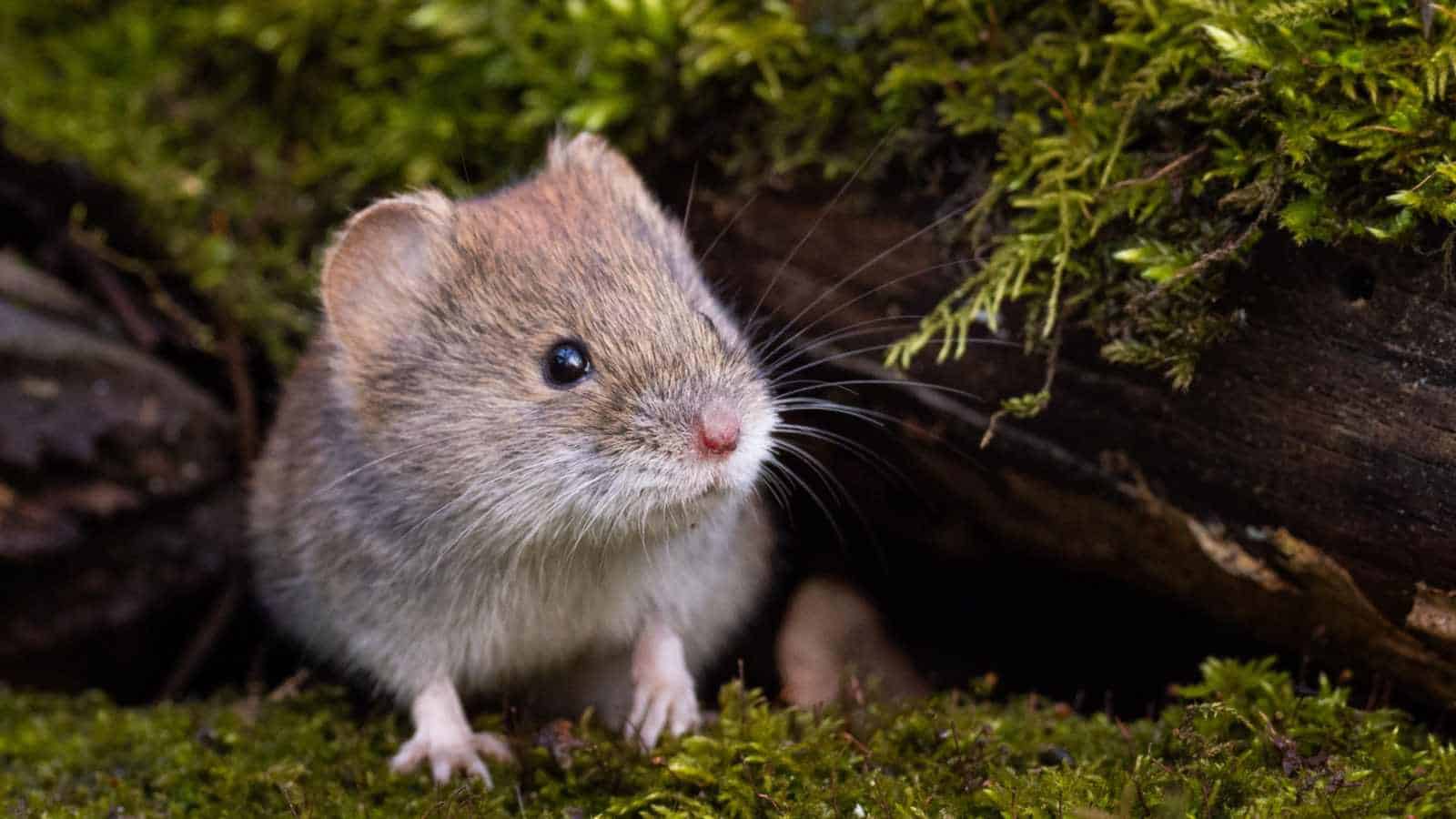
While voles primarily feed on vegetation, bulbs, stems, bark, and insects, they are equipped with sharp teeth for gnawing and can inflict a painful bite if they feel the need to defend themselves. This is one reason why it’s always best to handle a vole problem with caution and preferably by a pest control professional.
If you discover a vole infestation in your lawn or garden, do not attempt to handle the pests directly. Instead, consider employing safe and humane pest control methods such as live traps, fencing with wire mesh, or vole repellents. These methods can help to control vole populations without putting you or your pets at risk of a bite.
What Repairs Vole Damage?
Repairing vole damage can be a daunting task, but with the right approach, your lawn and garden can regain their former glory.
Identify Problem
Firstly, it’s crucial to identify the vole problem. Look for vole runways, which are distinctive paths voles use to navigate their habitat. These runways often appear as cleared areas in your lawn or garden, free from debris and mulch.
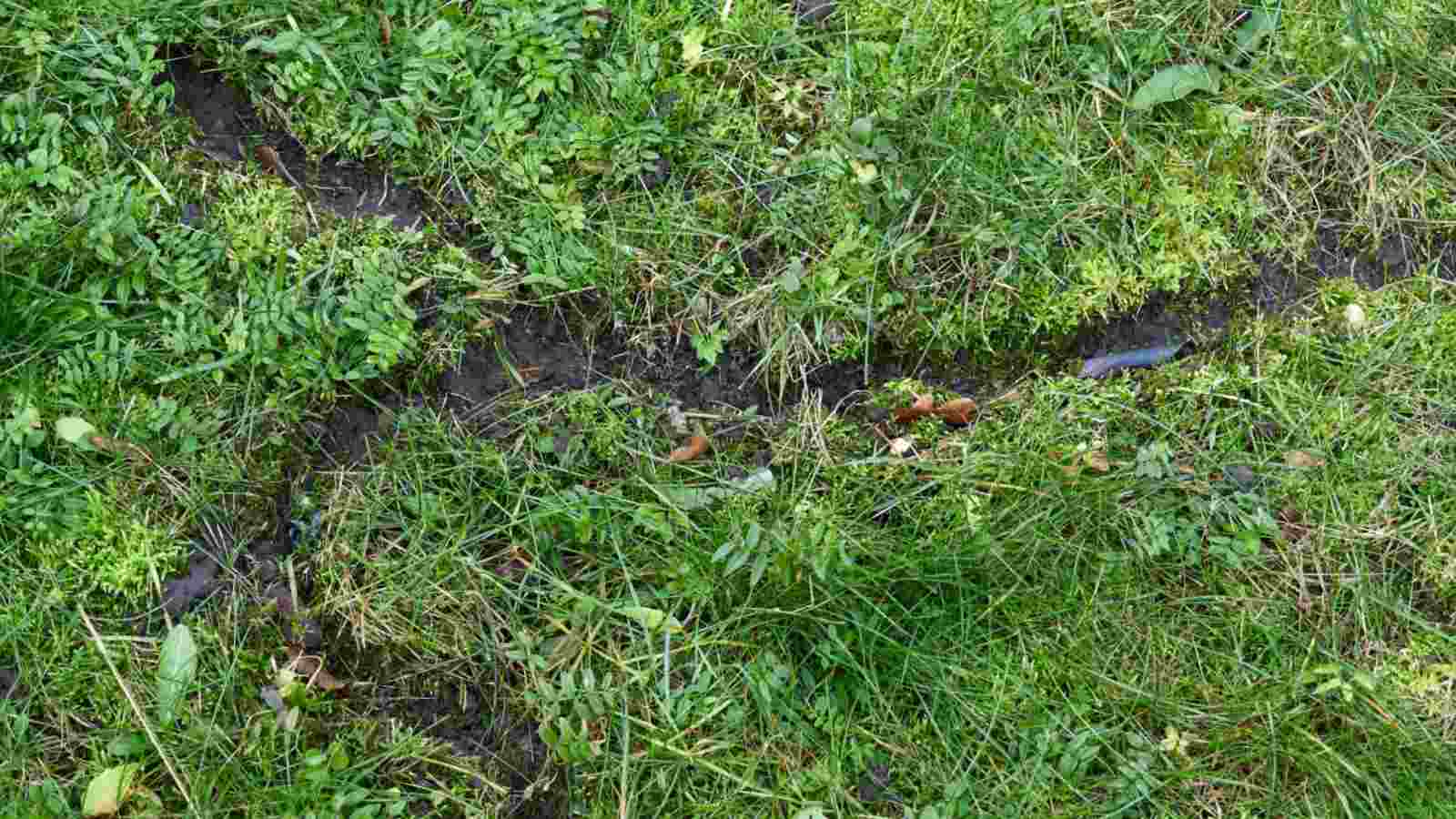
You may also notice small eyes and short tails, typical characteristics of voles, peeping out from the burrows.
Remove Food Sources
Once you’ve confirmed the presence of voles, begin by removing their food sources. This includes grubs, earthworms, bulbs, and vegetation.
Clearing out weeds and other vegetation can also help reduce the habitat for voles. Remember, a clean and well-maintained garden is less attractive to these pests.
Reseed Damaged Area
To repair damage to your lawn, reseed the damaged areas and water them thoroughly. You may also need to replace damaged shrubs and young trees.
If voles have gnawed on the lower trunk or bark of your trees, consider wrapping the trunks with a wire mesh or hardware cloth to prevent further damage.
Seek Professional Help
For extensive vole damage, consider seeking professional pest control help. They have access to a variety of vole control methods, including poisons, live traps, and baits.
However, be sure to read labels carefully and keep these products out of the reach of pets and children.
Encourage Natural Predators
Natural predators like owls, fox, and coyote can also help control vole populations. If these predators are present in your area, consider creating a friendly habitat for them.
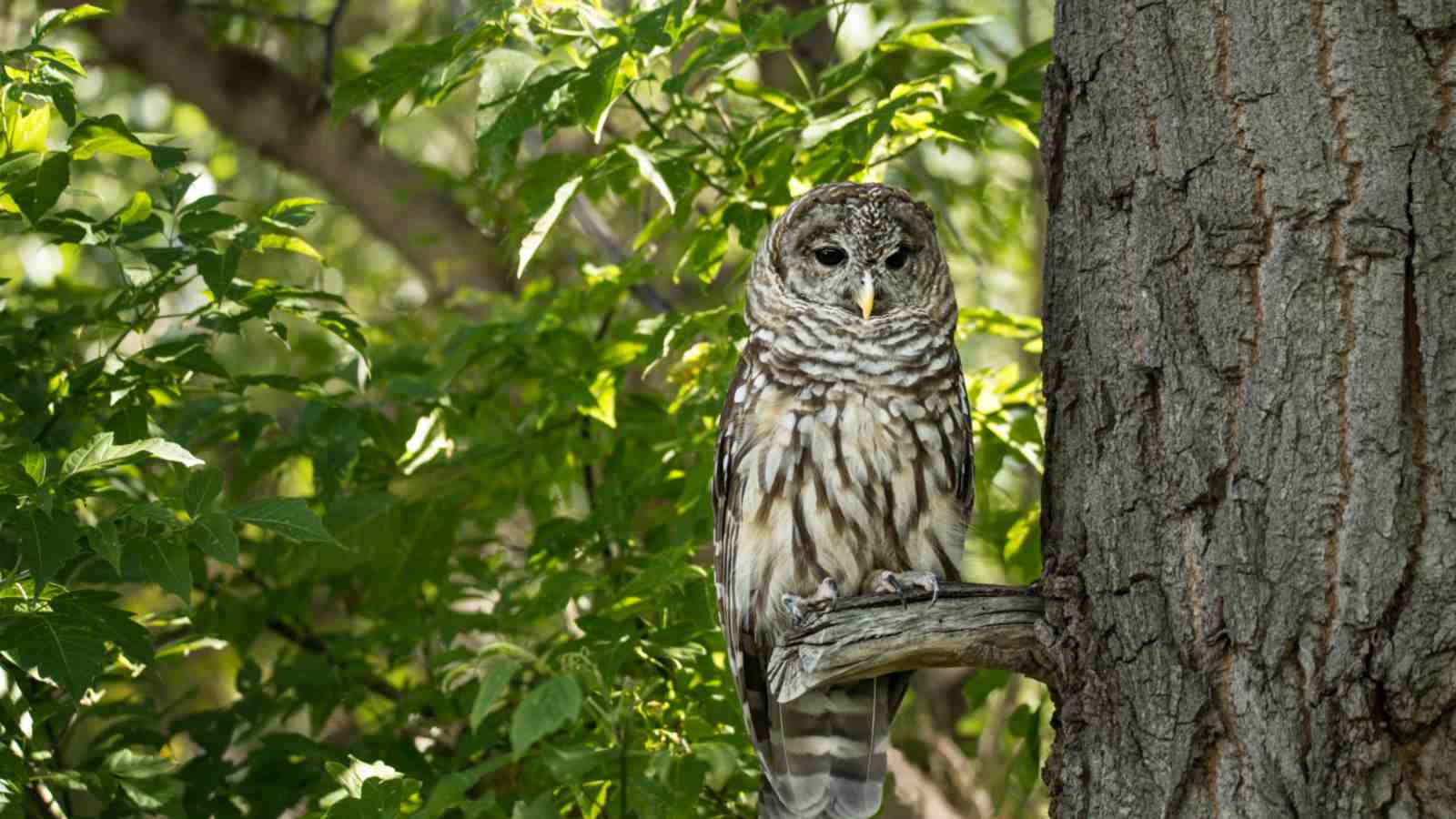
Install Physical Barriers
Finally, prevent future vole infestations by installing physical barriers such as fencing around your garden or lawn. You can also use vole repellents, such as castor oil, pepper, or a mixture of dish soap and water, to deter these pests.
How To Get Rid of Voles
Vole infestations can cause significant damage to your lawn and garden. Here are some practical steps to tackle a vole problem:
1. Remove Vegetation And Shelter
One of the first steps in vole control is to remove their preferred habitat and food sources.
Voles love areas with abundant vegetation, such as meadows and lawns with overgrown weeds and grass. They also thrive in areas with plenty of debris, like mulch and dead grass, which they use for shelter and as a source of food.
To discourage vole infestations, keep your lawn well-maintained. Regularly mow your grass and remove weeds to reduce the amount of available vegetation. Voles feed on the stems, bark, and roots of plants, so it’s also a good idea to remove fallen leaves and other plant debris from your garden.
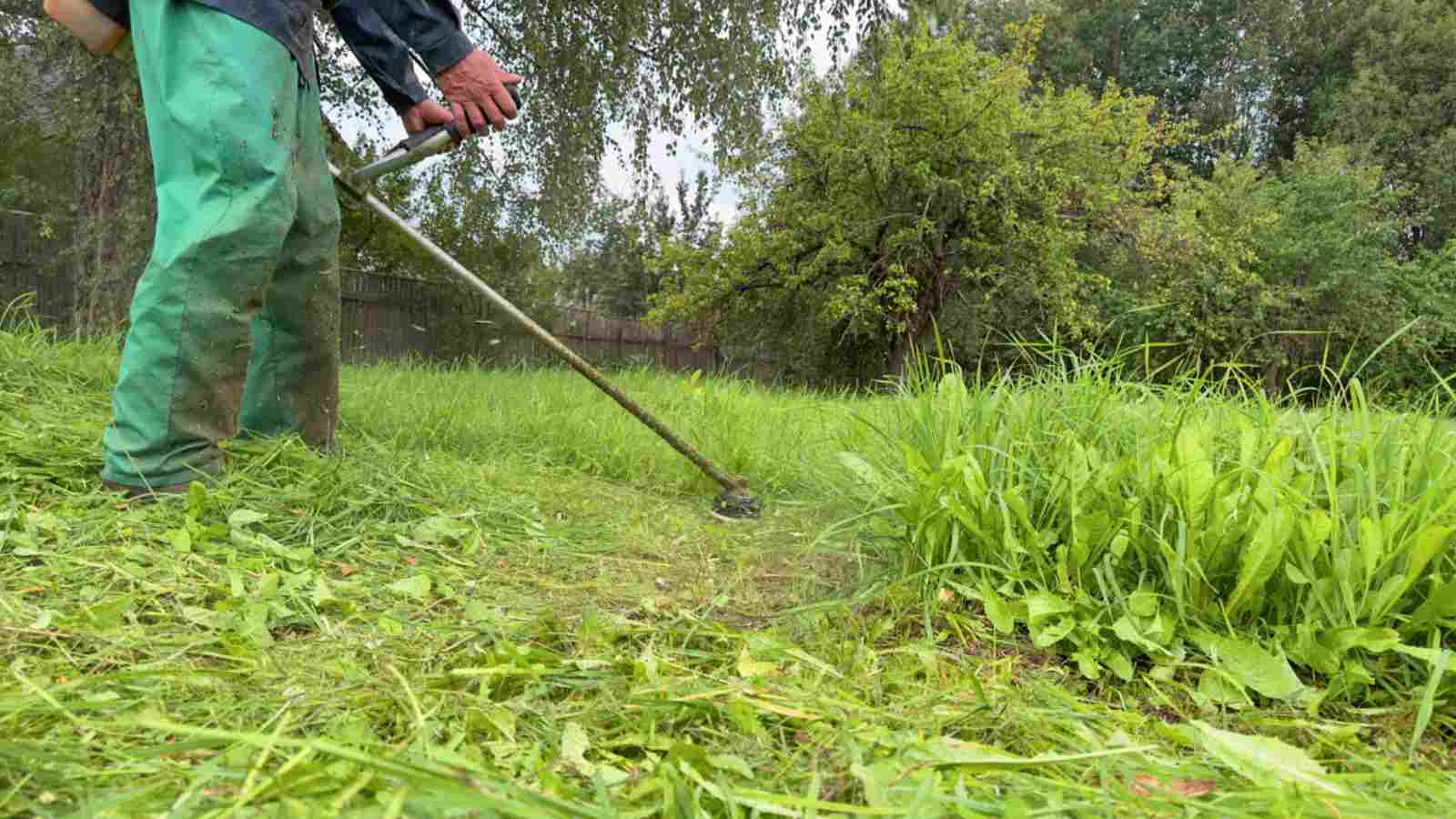
If you have young trees in your landscape, protect the lower trunk with wire mesh or hardware cloth to prevent voles from stripping the bark.
Voles create a network of tunnels and burrows underground, which are often visible as vole runways on the surface of your lawn. These runways provide voles with easy access to their food sources and protect them from predators like foxes, coyotes, and owls.
By removing excess vegetation and debris, you will make these runways more exposed, making voles feel less secure and discouraging them from setting up home in your yard.
Also, consider removing or reducing the use of mulch and dense ground covers, as these provide excellent shelter for voles. Instead, use a thin layer of mulch and opt for plants that don’t provide a lot of cover at ground level.
Remember, the goal is to make your yard less attractive to voles by removing the vegetation and shelter they need to survive. This is a crucial step in effective vole control and can help prevent a full-blown vole infestation.
2. Protect Young Trees
Voles pose a significant threat to young trees in your landscape. These rodents are particularly fond of the bark, stems, and roots of young trees, which they can access by digging tunnels and burrows in the ground or by climbing the trunks.
To protect young trees from vole damage, start by removing any mulch, debris, or dense vegetation around the base of the tree. These provide perfect cover for voles and are often used as runways or habitats by these pests.
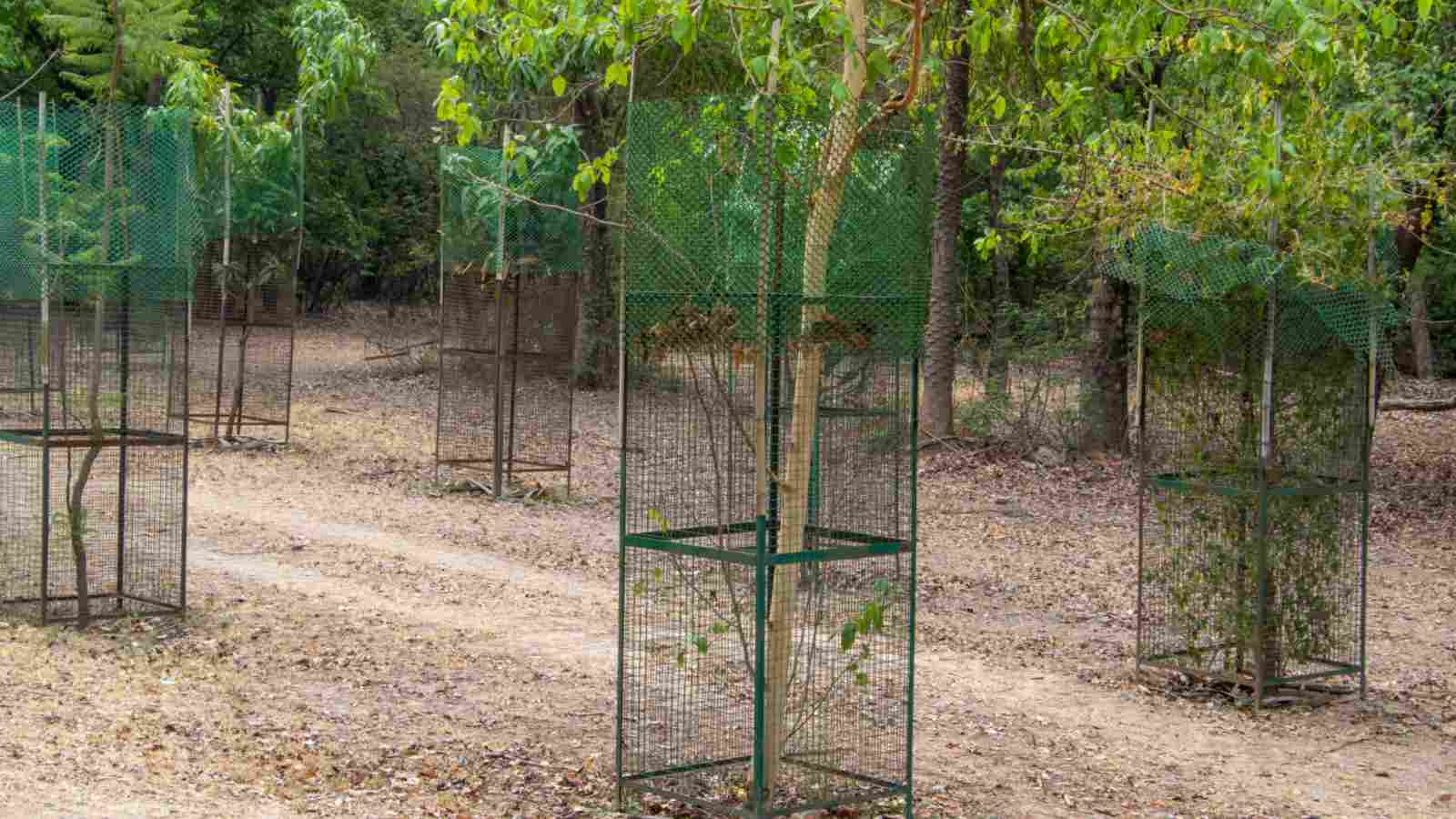
Next, consider installing a physical barrier around your trees. This can be achieved by using a wire mesh or hardware cloth. Make sure the mesh is small enough to prevent voles from passing through, as these creatures are quite small, with short tails and small eyes. Bury the lower part of the barrier a few inches into the ground to deter digging.
Another way to protect your trees is by using vole repellents. Castor oil, pepper, and even a mixture of dish soap and water can deter voles. However, these need to be reapplied frequently, especially after rain. You can also consider using commercial vole repellents. Always follow the labels for correct usage.
3. Pre-Made Repellents
There are numerous pre-made vole repellents available in the market that can be used to deter these pests from your lawn or garden. These repellents contain ingredients that voles find unappetizing or irritating, such as castor oil and pepper. They are designed to make your landscape less appealing to these rodents, helping you to control vole populations.
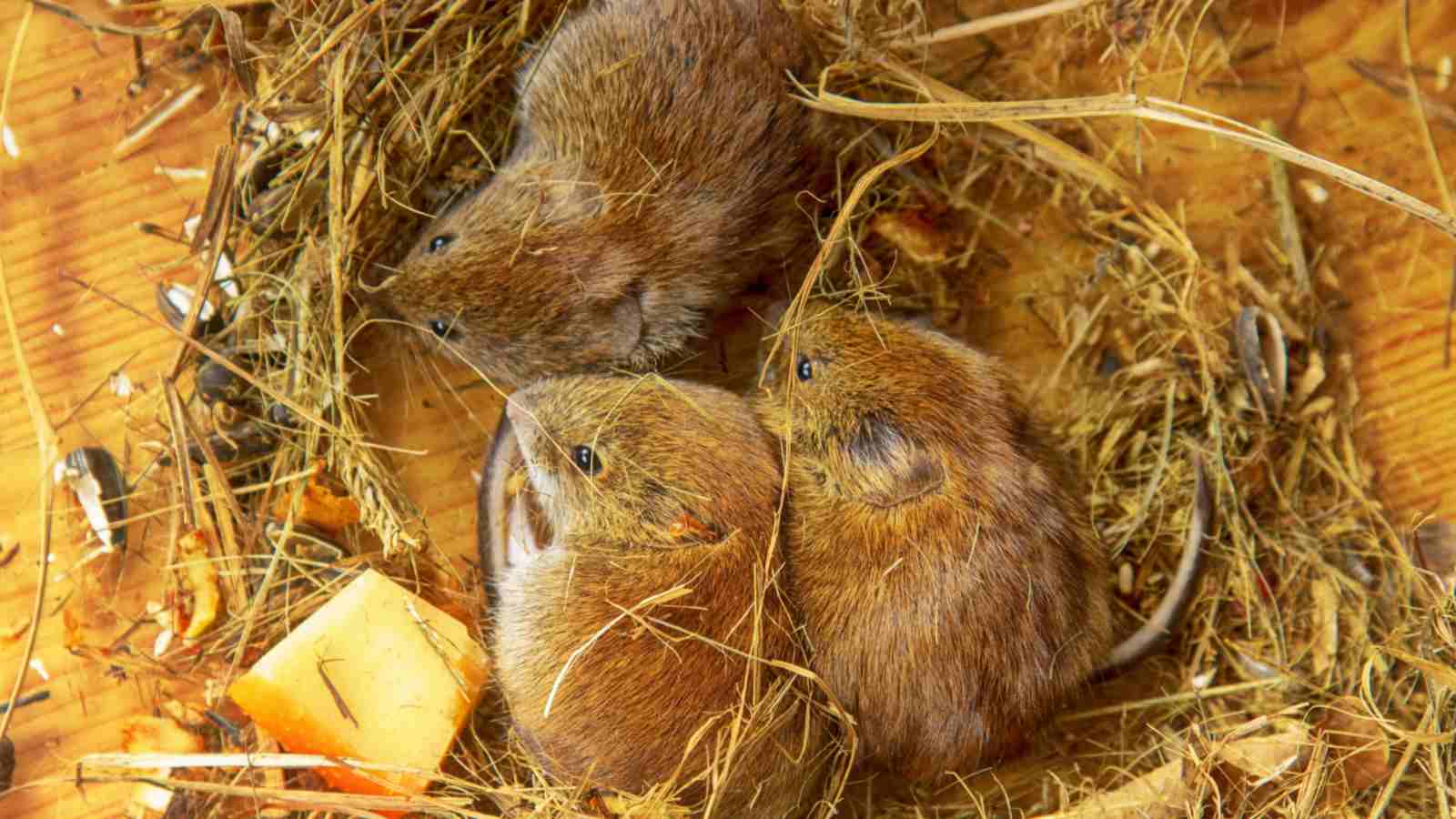
One common type of pre-made repellent is a granular repellent. These are easy to use: simply spread the granules around the area where you’ve noticed vole activity, such as around burrows, runways, or near the stems and trunks of young trees. \
The scent of these granules, which is usually derived from castor oil, is highly unpleasant to voles, causing them to seek a more hospitable habitat elsewhere.
Another type of pre-made repellent is a spray. These are often made with hot pepper, which irritates the voles’ senses. Spray this around your vegetation, especially near the base of plants, shrubs, and trees.
Remember, always read the labels on any pest control products and follow the instructions carefully to ensure they’re used safely and effectively.
While these repellents can be quite effective, they are not a standalone solution for a vole problem. They should be used in conjunction with other methods, such as trapping and habitat modification, for the best results.
Remember, if you have pets, ensure the repellents you choose are pet-friendly. Some ingredients, like certain types of pepper, can be irritating to pets. If your vole infestation is severe or if you’re unsure about how to use these products, it may be best to call in a professional pest control service.
4. Trapping Voles With Mouse Traps
Trapping is a highly effective method for controlling vole populations, especially if your lawn or garden is experiencing a severe infestation. Mouse traps, specifically live traps, can be used to catch these pests. This method is safe for your pets and avoids the use of harmful poisons.
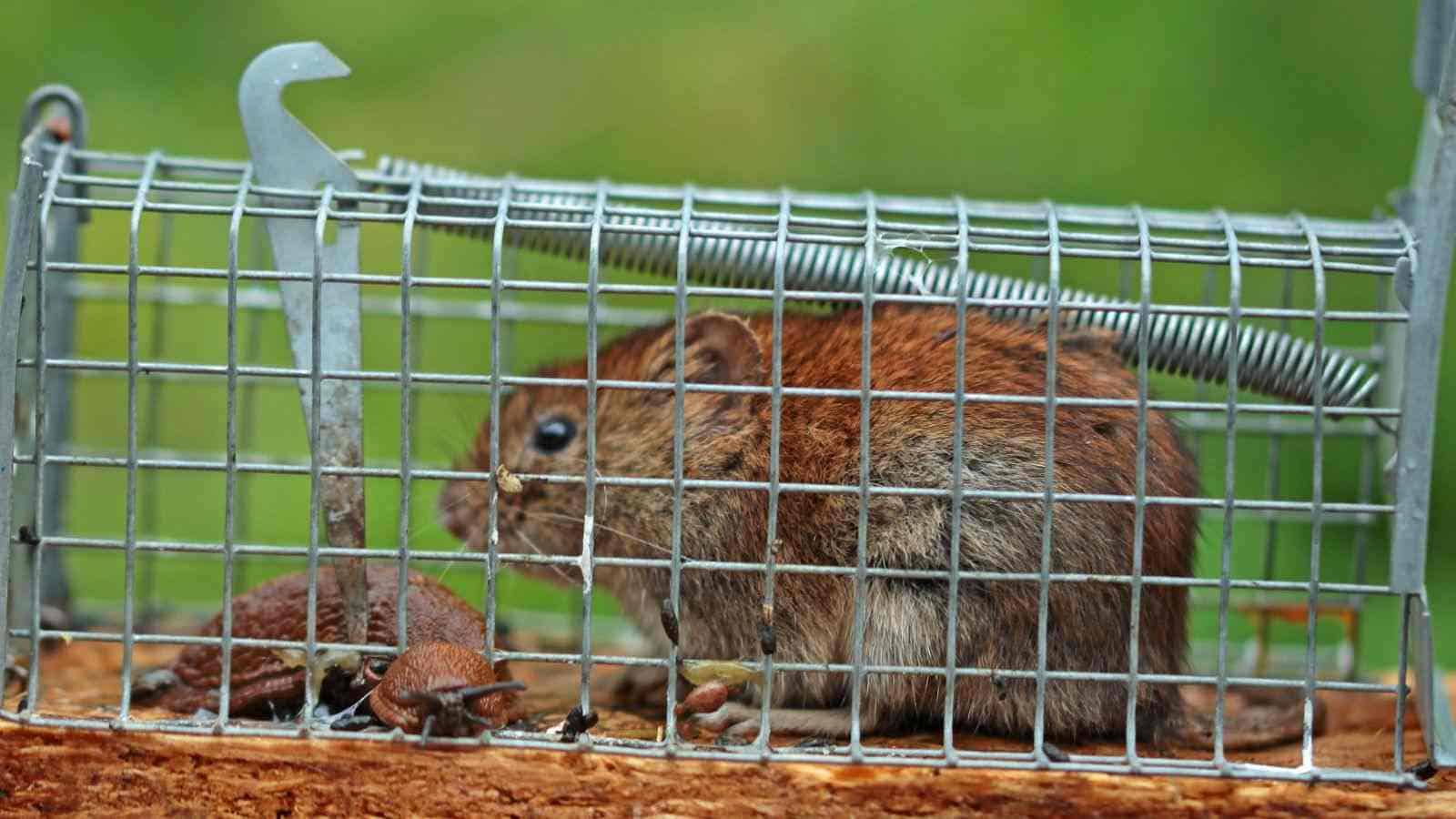
First, you need to identify the active vole runways. These are usually visible as trails in your lawn or garden where the grass has been flattened by the voles’ constant traffic. These pests are creatures of habit and will often use the same runways repeatedly.
Once you’ve identified the active runways, set the mouse traps perpendicularly to the runways. You can bait the traps with peanut butter or other food sources that voles find attractive. Since voles are primarily herbivores, apple slices can also be effective baits.
To increase your chances of trapping voles, it’s recommended to set multiple traps along the runway. Check the traps daily and relocate the caught voles far from your property. Remember to wear gloves while handling the traps to protect yourself from potential diseases that voles may carry.
5. Repelling Voles With Chemicals
Chemical repellents can be an effective method for vole control, particularly for larger vole populations. However, it’s crucial to use these substances responsibly to avoid harm to non-target animals and plants. Always read and follow the labels on any pest control products.
One chemical that has proven effective against voles is castor oil. This natural substance can be applied to your lawn and garden, and it’s known to deter voles without causing them harm. Castor oil disrupts the voles’ digestive system, making your property less appealing as a food source.
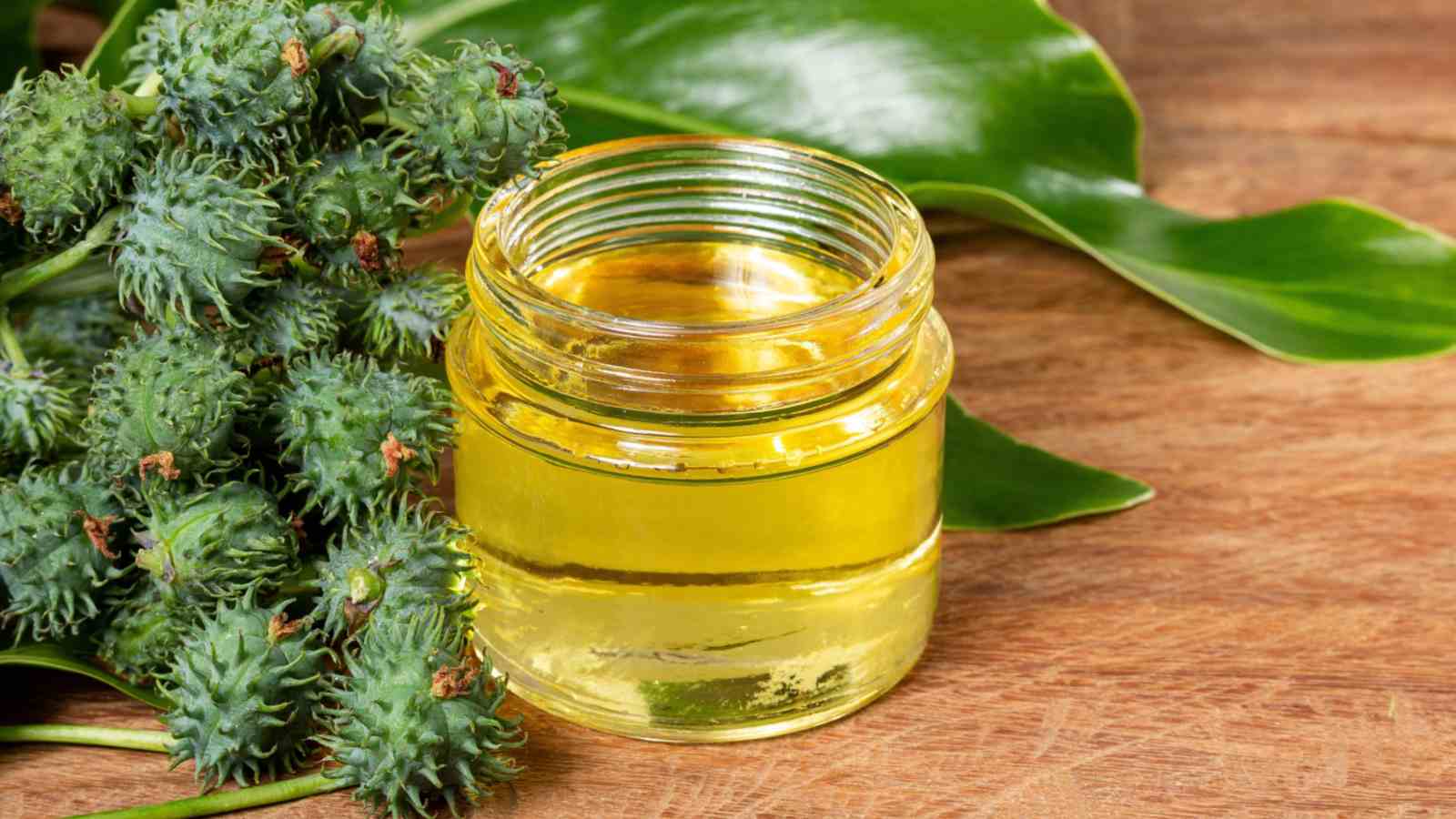
Another common method is the use of poison bait. These baits are designed to attract voles with a food source, such as peanut butter, and then deliver a lethal dose of poison. The downside to this method is that it can also harm pets, beneficial insects, and other wildlife if not used carefully.
For a more targeted approach, consider using rodenticides. These poisons are designed specifically for rodents like voles and can be highly effective when used properly. However, they also pose risks to pets and other animals, so it’s essential to use them with caution.

A safer alternative to poisons is the use of vole repellents. These substances are designed to make your property less appealing to voles, usually by creating an unpleasant smell or taste.
Common ingredients include capsaicin (the compound that makes peppers hot), urine from predators like foxes or coyotes, and even dish soap. These repellents can be applied to your lawn, garden, and around the base of young trees and shrubs to deter voles.
6. Deterring Voles With Fencing And Gravel
Physical barriers can be an effective method of vole control, particularly when it comes to protecting your cherished landscape elements like bulbs, shrubs, and young trees. One such physical barrier is fencing. However, voles are adept diggers and can burrow under most fences. This is where the use of gravel comes into play.
When installing fencing, it’s advisable to use a hardware cloth or a wire mesh. The holes in the mesh should be small enough to prevent the voles, also known as meadow mice or field mice due to their short tails and small eyes, from squeezing through.
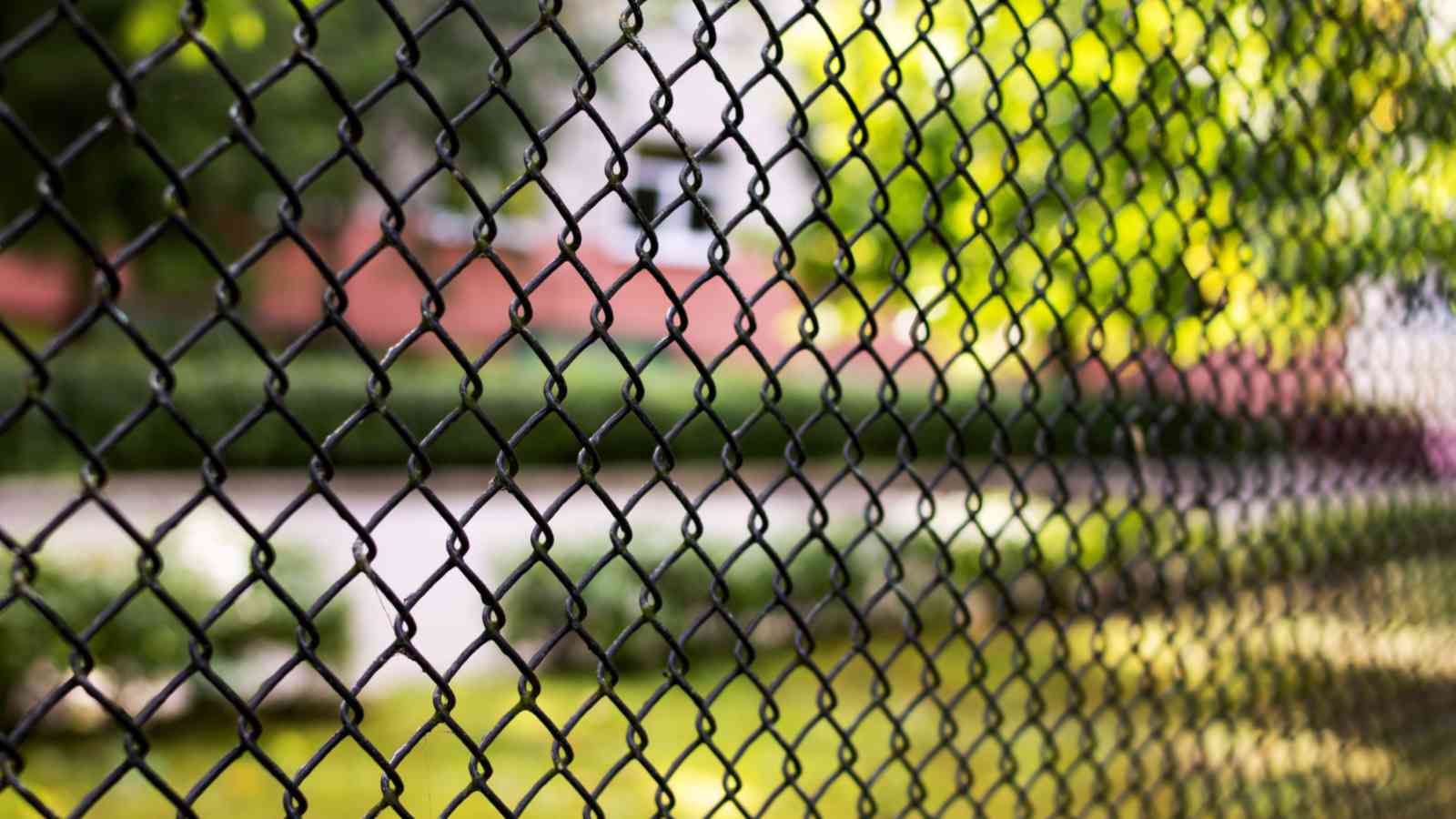
The fence should extend at least a foot above the ground to prevent voles from climbing over, and about 6 to 10 inches below ground to deter them from digging under.
To further enhance the effectiveness of the fence, a gravel trench can be added around the base. Voles dislike digging through coarse materials like gravel, and this can deter them from attempting to burrow under the fence.
The trench should be filled with gravel or another similarly textured material, and should be at least 6 inches wide and 6 inches deep..
7. Adding Plants That Deter Voles
One of the most effective ways to control voles is to make your lawn or garden less attractive to them. Voles are herbivores and feed on a variety of plant stems, bulbs, and bark. However, they tend to avoid certain plants due to their taste or the physical barriers they present.
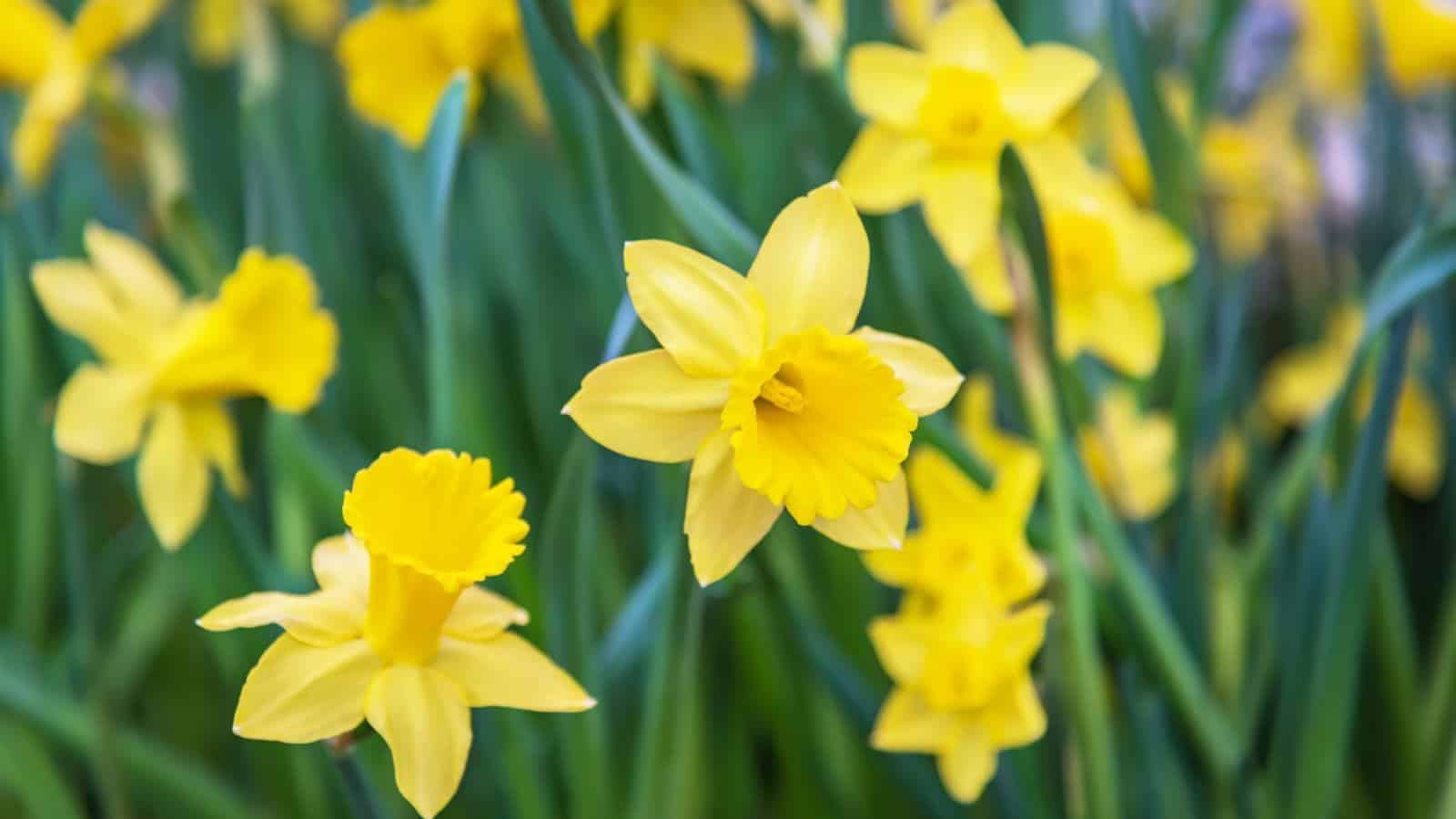
Plants such as daffodils, crown imperial, and fritillaria are not only beautiful additions to your garden but are also unappealing to voles.
These plants contain certain compounds that voles find distasteful. Similarly, plants with thick or prickly foliage like holly, boxwood, or barberry can deter voles from digging tunnels and burrows in your garden.
Control Methods To Avoid
When dealing with a vole problem, it’s important to understand that not all pest control methods are recommended.
Some techniques may be harmful to the environment, pets, or even beneficial organisms in your landscape. Here are some control methods you should avoid when dealing with vole infestations.
Poisons
While it might be tempting to use poisons to deal with a vole infestation, this method is often harmful to other animals and the environment.
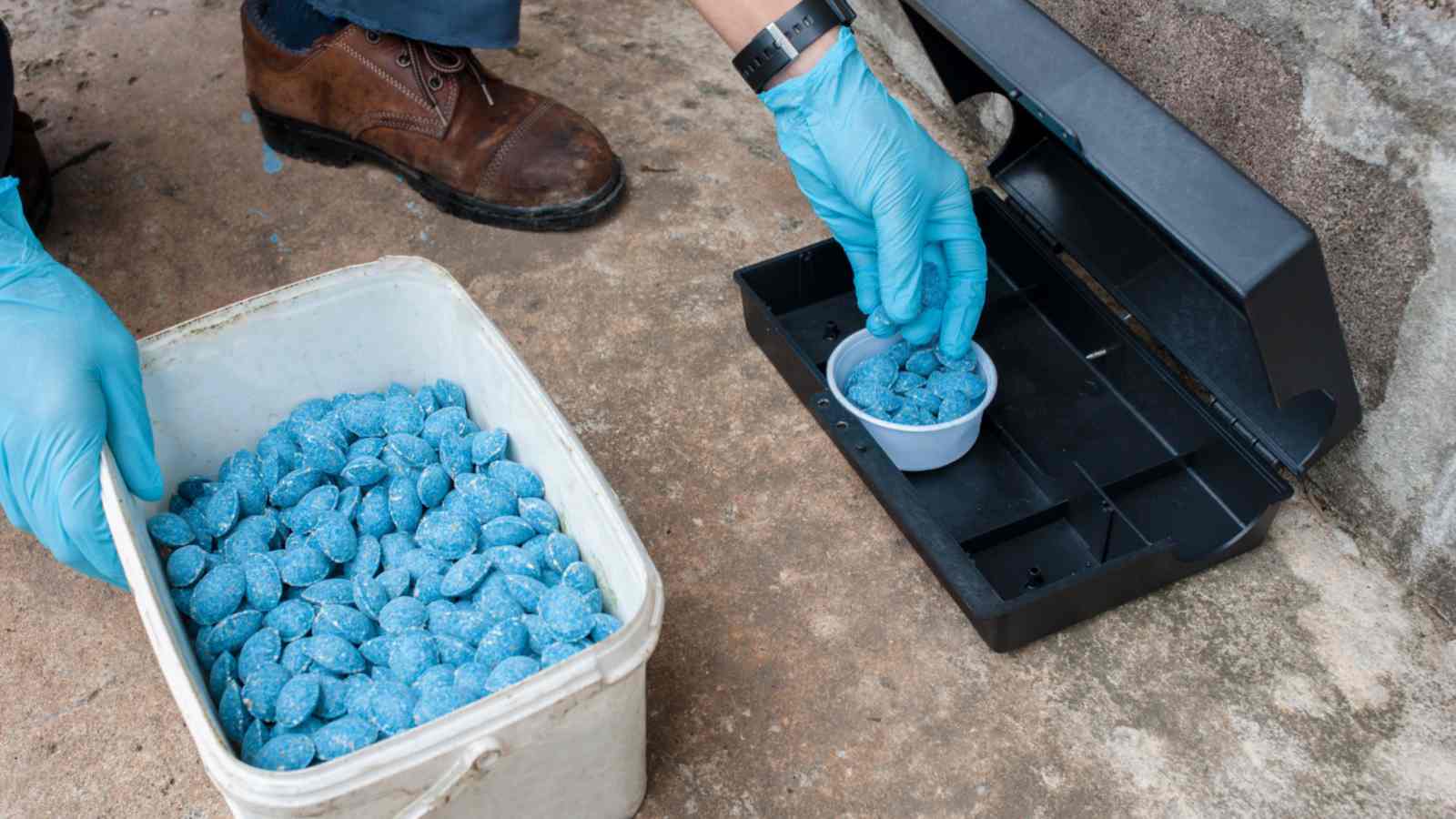
Poisons can be ingested by pets, predators like owls, foxes, or coyotes that might feed on poisoned voles, or even children if not properly stored and used.
Plus, poison baits can contaminate the soil and water sources. Always read labels carefully and consider the potential risks before using these products.
Destroying Habitats Indiscriminately
Voles, also known as meadow mice or field mice, thrive in areas with abundant vegetation and food sources such as meadows, mulch, and shrubs.
While it’s important to modify the habitat to discourage voles, avoid completely destroying these areas as they may also serve as habitats for beneficial insects and other wildlife.
Instead, focus on specific modifications like removing dead grass, debris, or weeds, and trimming vegetation near the ground level.
Using Ineffective Repellents
There are many vole repellents on the market, such as castor oil, pepper, dish soap, and even urine from predators. However, their effectiveness varies greatly and some may not work at all. It’s crucial to research and choose products that are proven to be effective for vole control.
Flooding
While flooding can be an effective method of vole control, it may not be suitable for all landscapes. Flooding can cause damage to your lawn, shrubs, and young trees. It can also displace other beneficial insects and earthworms living in the soil.
Therefore, it’s important to weigh the potential benefits against the possible negative impacts before deciding to use this method..
When to Contact a Professional?
While various methods can help control vole populations in your landscape, there are times when the situation may be beyond your expertise. It’s essential to recognize when a vole infestation requires the attention of a professional pest control service.
If you’ve tried several vole control methods such as setting up traps, using vole repellents, or modifying the habitat, and yet the vole problem persists, it might be time to call in the experts. A persistent vole problem could indicate a large vole population or an infestation that has spread to hard-to-reach areas like deep burrows or tunnels.
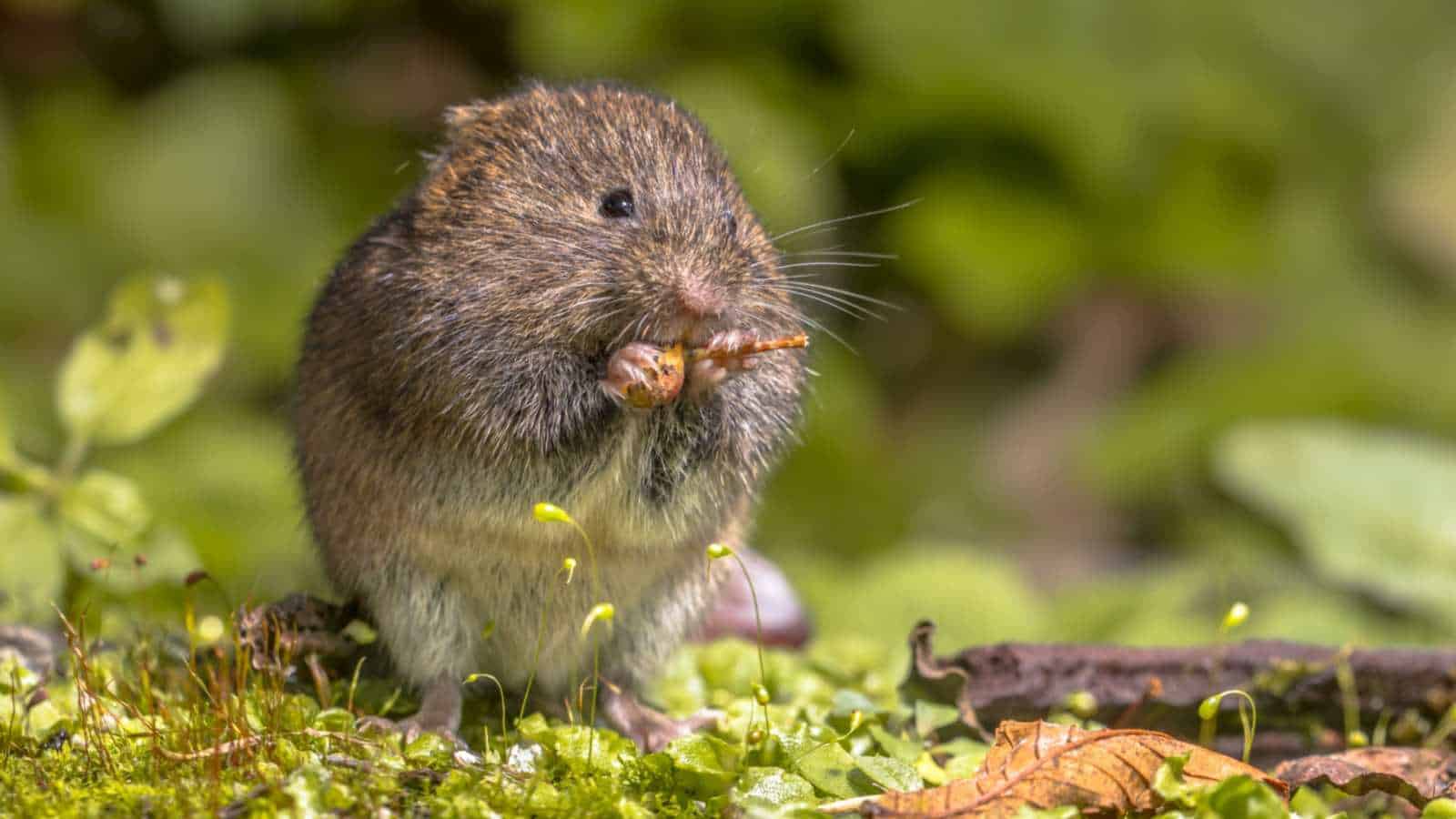
Also, if you notice extensive vole damage across your lawn or garden, such as numerous vole runways, dead grass patches, or gnawed stems and bark of young trees, a professional can provide immediate and effective solutions. They have access to more potent baits and poisons, which they can use responsibly, minimizing harm to non-target species and pets.
Remember, voles reproduce rapidly, and a small problem can quickly become a significant infestation. If you find the vole damage is spreading rapidly or affecting valuable parts of your landscape like bulbs, shrubs, or the lower trunk of trees, it’s advisable to seek professional help.
And if you’re uncomfortable handling vole control measures such as live traps, poison baits, or dealing with vole feces and urine, then consider contacting a professional. They are trained to handle these situations safely and hygienically and are capable of handling this issue for you effectively.
Other Guides from Planet Natural:
How to Get Rid of Moles in Your Yard Easily (Top 9 Methods)
Eliminating Rats: Strategies for Indoor and Outdoor Pest Control

